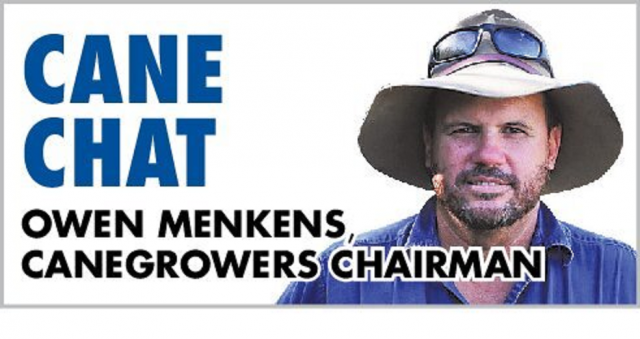Queensland’s 2025 sugarcane harvest is just over two months away, leaving little downtime for growers and millers after the extended 2024 season.
Recent flooding in the north, especially around the Herbert River and Burdekin, has only added to the challenge of preparing for this year’s crush.
Some nice, dry weather and clear sunny days between now and June would certainly help get this crop firing and ready for harvest.
But even if the weather plays along, we’re still facing some big challenges, particularly around workforce shortages.
Labour gaps in the milling and harvesting sectors caused major delays last year and continue to be a concern.
CANEGROWERS is working with the Queensland Farmers’ Federation (QFF) and the State Government to find long-term solutions. But with low unemployment and high demand for skilled workers like harvester operators, truck drivers, and mill technicians, it’s a tough market.
These same workers are being snapped up by the mining industry, which offers high wages and year-round employment.
To stay competitive, the sugar industry must highlight its unique advantages – and one of the biggest is lifestyle.
Queensland’s cane regions are among the most beautiful in the country. Working in sugar means living close to beaches, rainforests, and vibrant communities – a benefit mining can’t match.
This labour shortage isn’t unique to sugarcane. It affects farms and processors across Queensland.
That’s why the Queensland Agriculture Industry Workforce Plan 2022–2027 is so critical. Developed by QFF and Jobs Queensland, it outlines practical strategies: building regional workforce plans, promoting agriculture as a stable career, improving training, and boosting diversity.
At CANEGROWERS, we’re also investing in the future workforce through our One Plant, Many Products education program.
These curriculum-aligned resources for schools aim to inspire students and highlight the exciting careers available in sugar – from harvesting and milling to research and marketing.
We need to show young Queenslanders that the sugar industry is more than farming – it’s renewable energy, sustainable fuels, and agtech innovation.
There’s a bright future here, but we must spark interest early and build clear career pathways.
With the right approach, we can attract and retain the talent needed to keep our ag industries strong and sustainable.
There’s never been a better time to consider a career in sugar.







